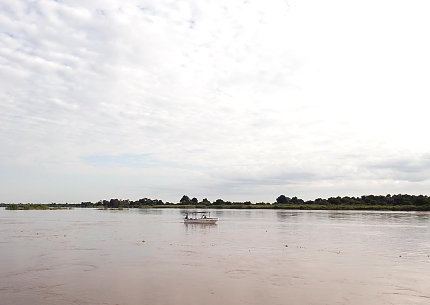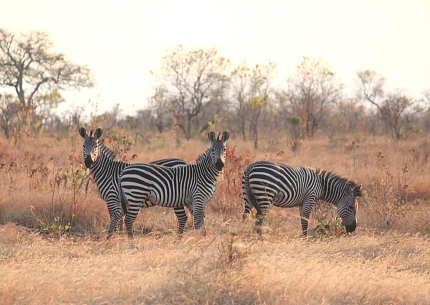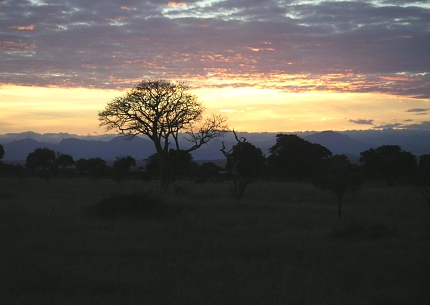The Selous Game Reserve is the largest protected wildlife area in Africa. A UNESCO World Heritage site, this pristine, uninhabitedarea is larger than Switzerland. Only in the Serengeti will visitors see a greater concentration of wildlife. Yet Selous boasts Tanzania’s largest population of elephant as well as large numbers of lion,leopard, African hunting dog, buffalo and hippo.
Once home to over 3,000 black rhino there are sadly now only a few hundred left. They tend to hide in the dense thickets but sightings are possible. Species commonly seen are bushbuck, red and blue duikers,eland, hartebeest, hyena, klipspringer, impala, giraffe, oryx,reedbuck, waterbuck and zebra. Yellow baboon and vervet and blue monkey are always a common sight while families of black and white colobus may sometimes be seen moving from tree to tree. Endangered red colobus inhabit only the west of the reserve but visits to observe this rare breed can be arranged. The bird-life in the Selous is prolific and the 400 species recorded include the globally threatened wattled crane and the corncrake. The topography of the park varies from rolling savannah woodland, Grassland plains and rocky outcrops cut by the Rufiji River and its tributaries, the Kilombero and Luwegu, which together cover the greatest catchment area in East Africa.
The Rufiji, which flows from north to south, provides the lifeblood of the Selous and sailing or rafting down the river is a superb method of seeing game, especially during the dry season between June and October. Crocodiles, hippo and an array of grazing antelope can be seen. Linked to the Rufiji is Lake Tagalala, where elephant, giraffe,waterbuck, reedbuck and bushbuck gather at the water’s edge. In the long grassland, safari enthusiasts may even get a chance to see rare sable antelope, greater kudu – or lion. The park gets its name from the hunter-explorer Frederick Courtney Selous, whose books were best sellers in Victorian England.Walking safaris, game drives and boat trips are organised. The best time to visit is during the dry season, when game is forced from hiding places to the river to drink.The waters of the Kilombero Game Controlled Area are home to the ferocious tiger fish and vandu catfish, the latter equipped with a primitive set of lungs which allows it to migrate from ne landlocked pool to another.
Getting there: Between a seven and nine hour drive, but only in the dry season, or a one and a half hour flight from Dar es Salaam.
Location: The Park is located in the Southern part of Tanzania just 7 hours of drive from Dar-es-Salaam.
Best time to visit: Only during the dry season from June to October.
Bird life: Different species of birds around (350 catalogued species) have been recorded including green-headed oriole, crested lark and African snipe.
Wildlife: Selous boat of Tanzania largest elephant population as well as large number of buffaloes, hippos and wild dogs. Other species commonly seen are lions, bushbucks, impalas, giraffes, elands, baboons, zebras, and greater kudus.
Rufiji River: A Unique way to observe wildlife and see some of the best scenery in the Reserve is by boat on the sprawling Rufiji River. Most Camps offer this facility, while a Cruise on Lake Tangalala is a must for visitor to Beho beho.
Access: Only 4.W.D (wheel drive) vehicle is obligatory for driving inside the reserve or even reaching it. The northern access is a 350 Km drive, 7 hours from Dar-es-salaam via the beautiful Mountain road South from Morogoro to the Matambwe gate. The south stern access is a 240-Km drive. (7-9 hours) from Dar-es salaam via Kibiti, Mkongo and Mloka Mtemere gate. The 133-Km stretch from Dar-es-salaam to Kibiti is a tarmac road and the next 33-Km to Mkongo, where one has turn right (west) is an all weather dirt surface track. The final 74 Km can become temporarily impossible during heavy rains. The 1860 Km Tanzania–Zambia Railway (TAZARA) Passes through the northern edge of the reserve, Selous can also be reached by chartered light aircraft from Dar-es salaam within an hour. Also a local airline provides scheduled flights.
To do: Walking safaris with a ranger and 4-wheel drive safaris. A trip to stiegher's Gorge where the Rufiji and Ruaha rivers meet, A fishing game trip on the Tagalala Lake.
Accommodation: The Selous have at fine campsite and lodge; some of them are Rufiji River Camp, sable Mountain Lodge, sand River Selous, Selous Mbega Camp and Selous safari Camp.






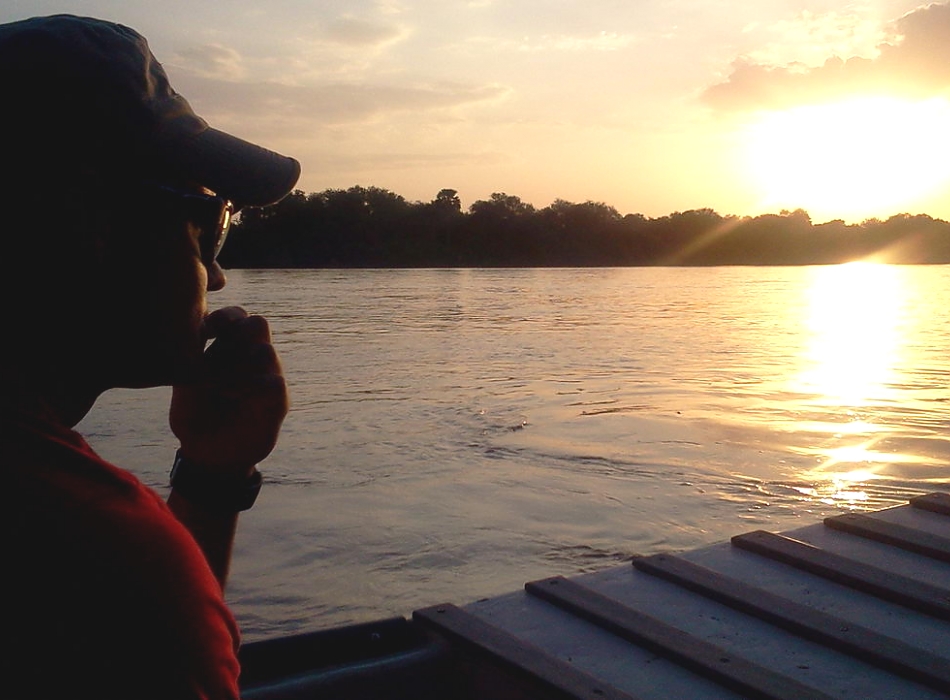
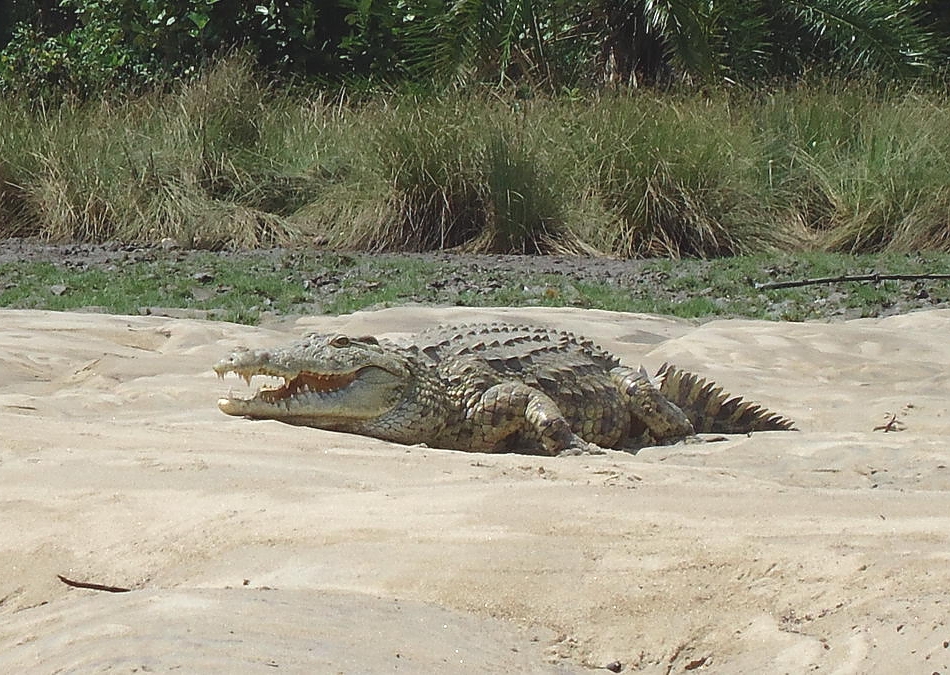
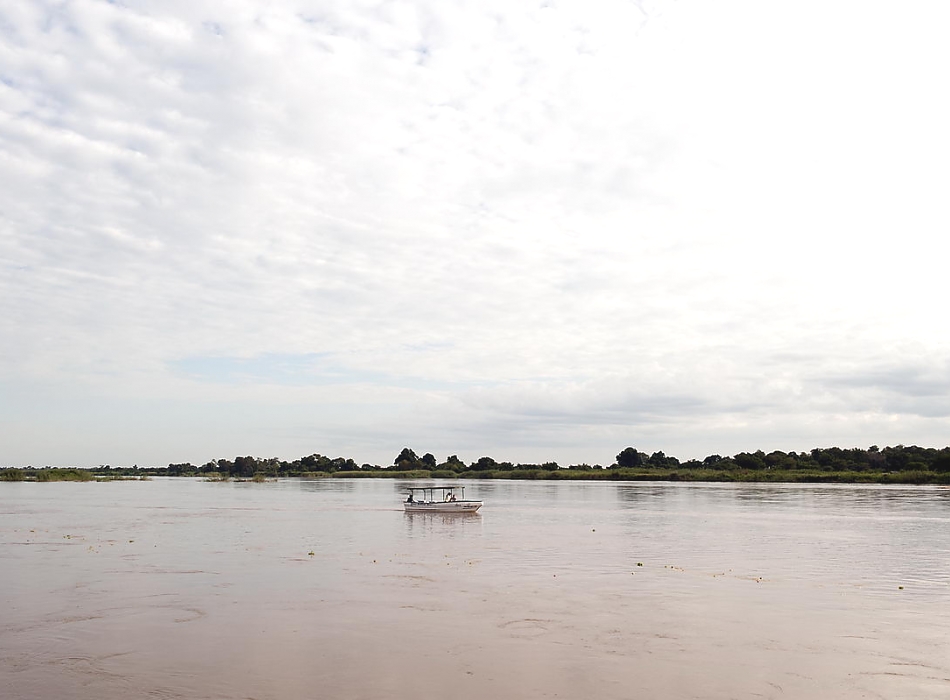
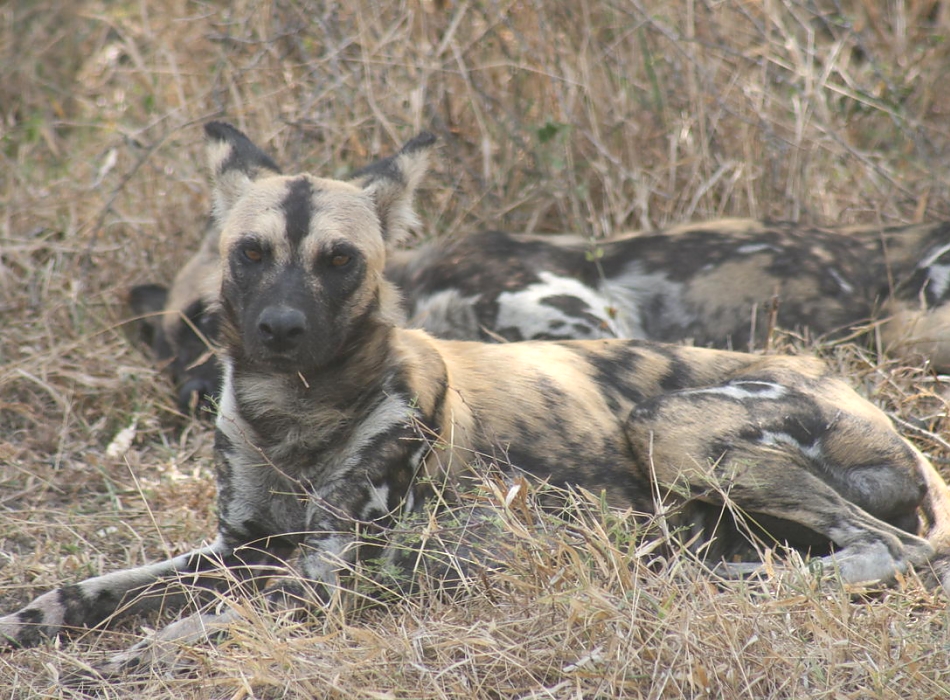
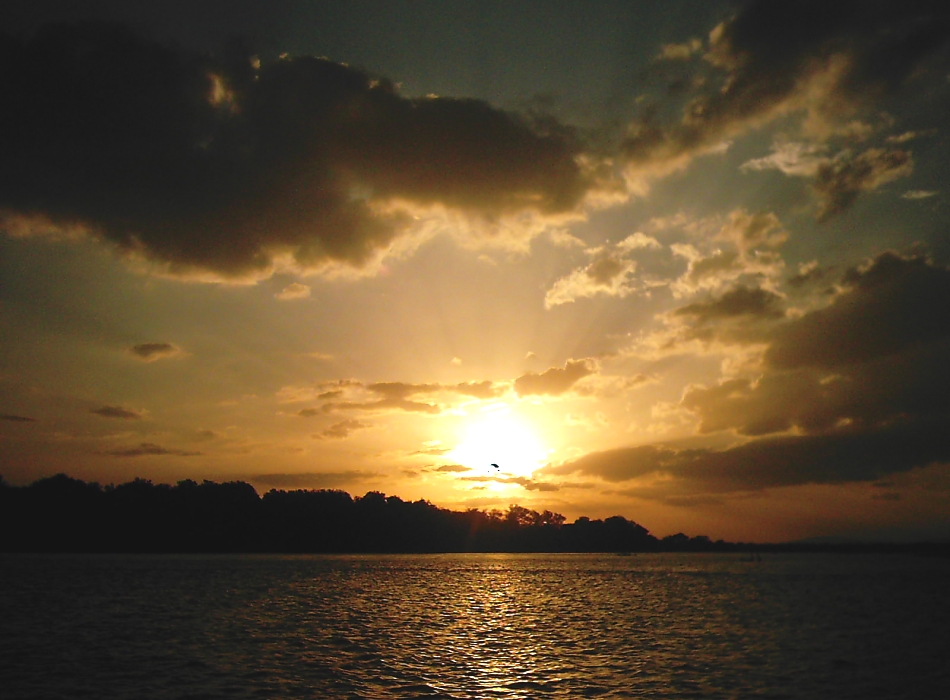
_950_700shar-50brig-20_c1.jpg)
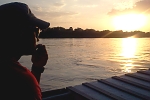
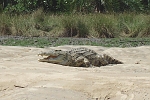
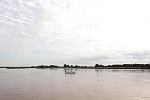

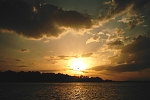
_150_100shar-50brig-20_c1.jpg)

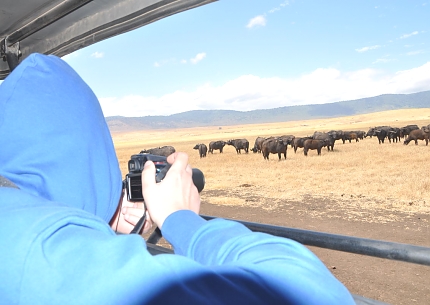

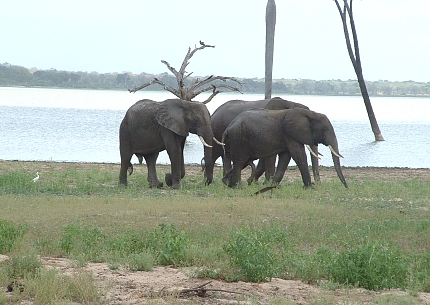

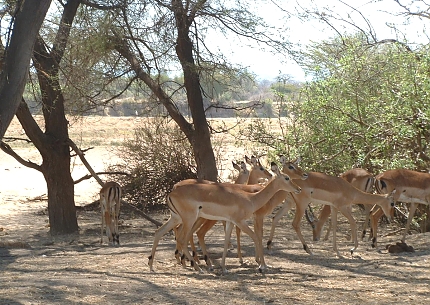
_430_305shar-50brig-20_c1.jpg)
